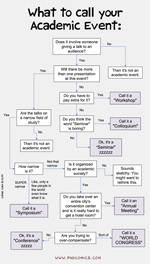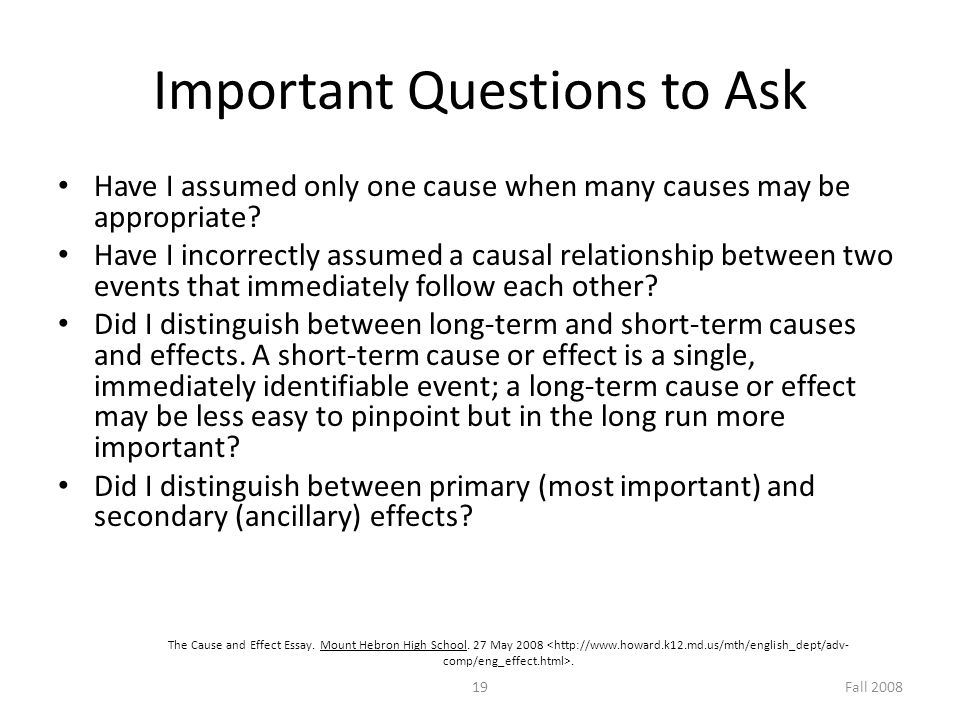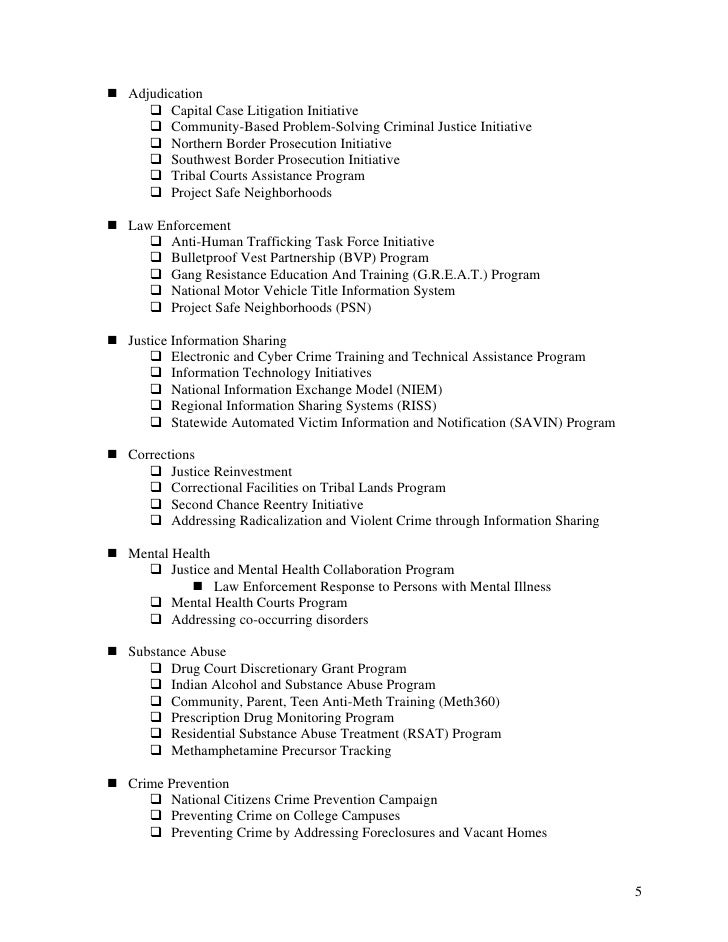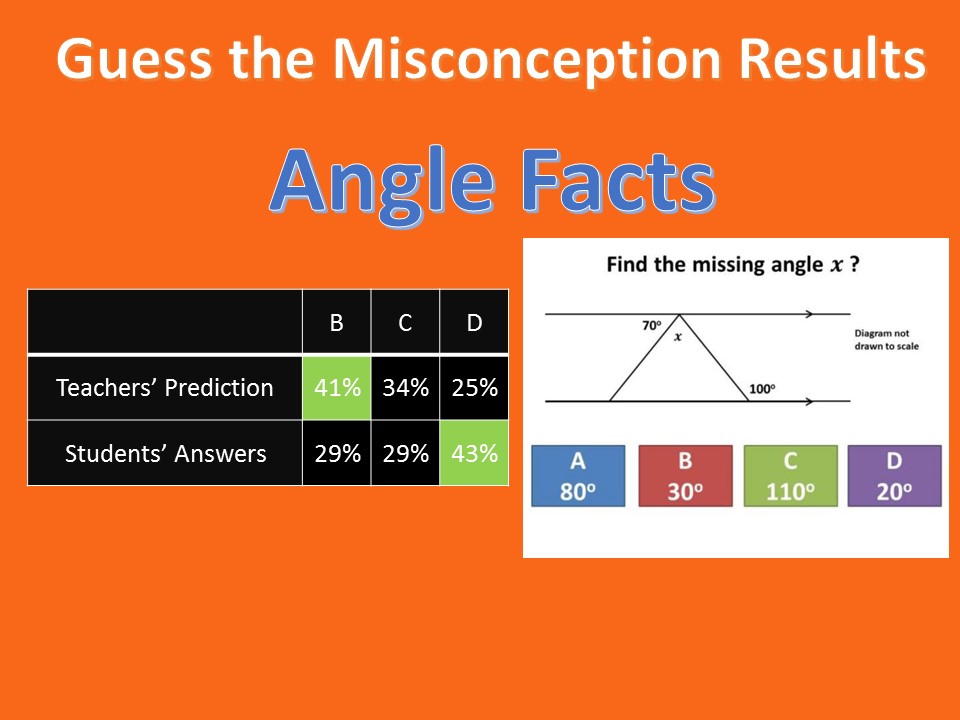Quotations Within Quotations - Grammar and Punctuation.
Definition and examples of quotation marks in English grammar. Quotation marks are used to bring writing to life: to show who said what. That being said, quotation marks are also quite tricky to use correctly. Where do you put them? What happens to the other punctuation marks inside a quotation?
A sentence containing a quotation is punctuated exactly like any other sentence apart from the addition of the quotation marks. You should not insert additional punctuation marks into the sentence merely to warn the reader that a quotation is coming up: that's what the quotation marks are for.

If the quoted words are a question, put the question mark inside the quotation marks. If the entire sentence is a question, put the question mark outside the quotation marks. Some of you detail-oriented (okay, picky) people may want to know what to do when the quotation and the sentence are both questions.

When to Use Quotation Marks Quotation marks should be used to directly quote the words of someone else, with titles of short works, and when indicating certain words as words.

Single quotation marks are valid only within a quotation, as per Rule 7, above. Rule 9. When quoted material runs more than one paragraph, start each new paragraph with opening quotation marks, but do not use closing quotation marks until the end of the passage.

While quotations are necessary for most types of writing, too many quotation marks, whether double or single quotation marks, can make your writing seem heavy-handed. To ensure quotation marks have been properly used in your writing, consider sending it to the professionals at Scribendi for proofreading.

In scientific writing, this is important because it can distinguish a quotation mark from a prime mark, which is used often in genetics and other physical-science disciplines. According to the Chicago Manual of Style (CMOS), quotation marks that are often called “curly” or “smart” quotes, are used in most published text and are meant to match its typeface.

The single quotation mark is generally on the same key of your typewriter or computer as the more familiar double quotation marks. Start the first quote. Always begin with the double quotation marks as usual. When you come to the second quote, use a comma before beginning the quote within a quote.

If the entire sentence is an exclamation, but the quoted words aren’t, put the exclamation point outside the quotation marks. If the quoted words are an exclamation, put the exclamation point inside the quotation marks. Here are some sample sentences with exclamation points.

Quotation marks are used to frame words that represent spoken language. They are also used to frame direct quotes. Though not often used in business writing or correspondence, quotation marks are often indispensable for works of fiction as well as many types of academic writing. Here is a brief guide to using quotation marks correctly.

Question and exclamation marks should be within the quotation marks if they are part of the quotation but after the citation or quoted text if they are part of the writer’s text. Punctuation marks, on the other hand, should be written after the quoted text.

The colon, semicolon, dash, question mark, and exclamation point fall inside quotation marks if they belong with the quoted matter (i.e., that’s how the sentence was in the book you are quoting) but outside if they punctuate the sentence as a whole. For quotations which extend beyond one paragraph, a quotation mark begins each paragraph and.

Quotation marks used around words to give special effect or to indicate irony are usually unnecessary. When irony or special effect is intended, skillful preparation can take the place of using these quotes. Resort to apologetic quotation marks or quotation marks used to express irony only after such attempts have failed, keeping in mind that.



